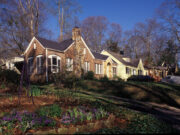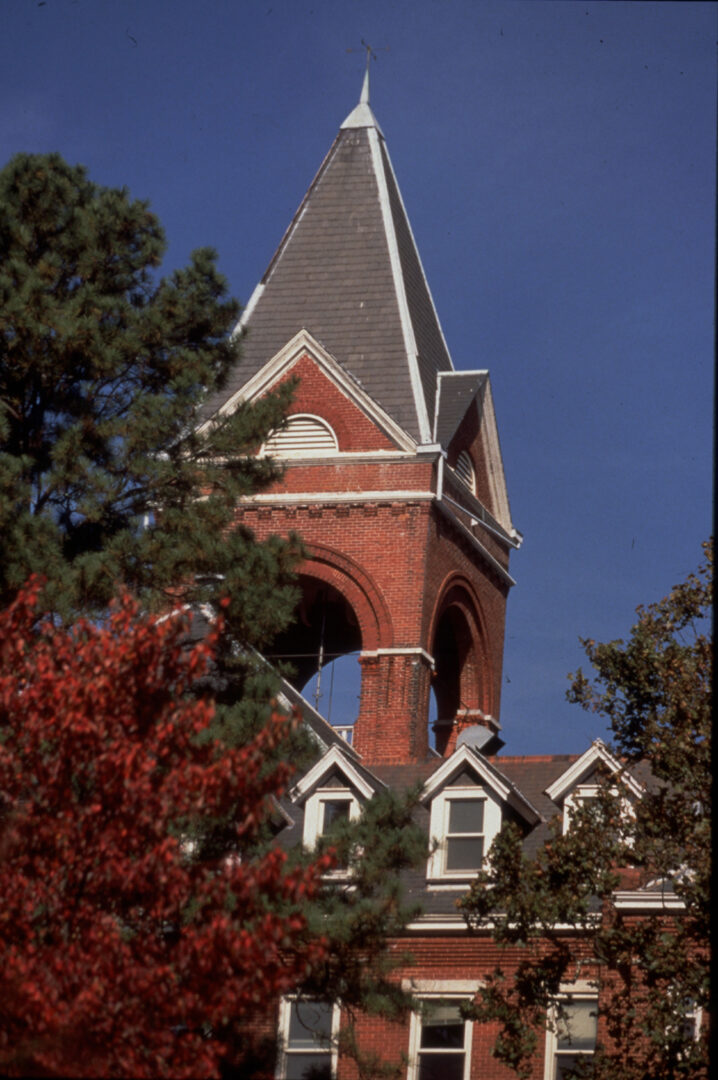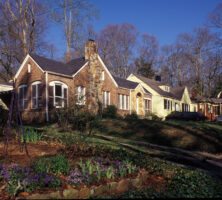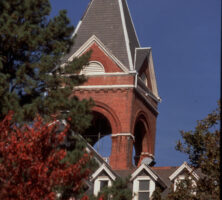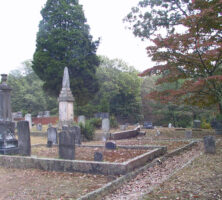The city of Decatur, the DeKalb County seat, was incorporated on December 10, 1823. DeKalb County was formed in 1822 from parts of Henry, Fayette, and Gwinnett counties.
Its five commissioners, appointed by the Georgia General Assembly, were charged to select a “public site” for a courthouse and a jail and to purchase one land lot (202.5 acres) to establish a town to serve as the county “site.” These commissioners chose a land lot and named the new town in honor of Commodore Stephen Decatur, perhaps the most popular American hero of that time. Stephen Decatur led daring raids in the wars against the Barbary pirates on the coast of Africa and returned home a hero in 1805.
Decatur is the second oldest municipality in the Atlanta metropolitan area. It adjoins Atlanta’s city limits six miles east of Atlanta’s central business district, and it is four square miles in size. According to the 2020 U.S. census, it has a population of 29,367. Decatur elects a five-member commission and operates under the council-manager form of government. The commission elects the mayor annually from among its members and hires a city manager to run day-to-day operations.
The Old Courthouse, designed by architect J. W. Golucke, on the square in downtown Decatur stands on the rise of land where two Indian trails once crossed. Historically, the courthouse square served as the community gathering place. Today it continues to be the focus of festivals and special events and serves as the heart of the community. The Old Courthouse on the square houses a museum covering DeKalb County history and featuring Civil War (1861-65) memorabilia. A time capsule created by the DeKalb Historical Society is held in the courthouse; it is to be opened in 2022.
The coming of the railroad in the 1840s proved to be a major turning point for Decatur. It is said that residents rejected a proposal by the Western and Atlantic Railroad to make Decatur a major stop on its new line because citizens did not want the noise, smoke, dirt, and confusion. The railroad thus moved seven miles west to a small settlement named Terminus, which became Marthasville, and then Atlanta. The decision for the location of this railroad hub probably had more to do with topography, but the popularity of the anecdote persists.
During the Civil War, Decatur was host to invading Union troops, and while there were no major battles in Decatur, there were many skirmishes leading up to the Battle of Atlanta in July 1864, which was part of Union general William T. Sherman’s Atlanta campaign.
Decatur founded its own independent school system in 1901 and today is one of only a few municipalities in the metropolitan Atlanta area that have their own schools. The system—with its neighborhood elementary schools, a middle school, and Decatur High School—is a focal point of pride in the community.
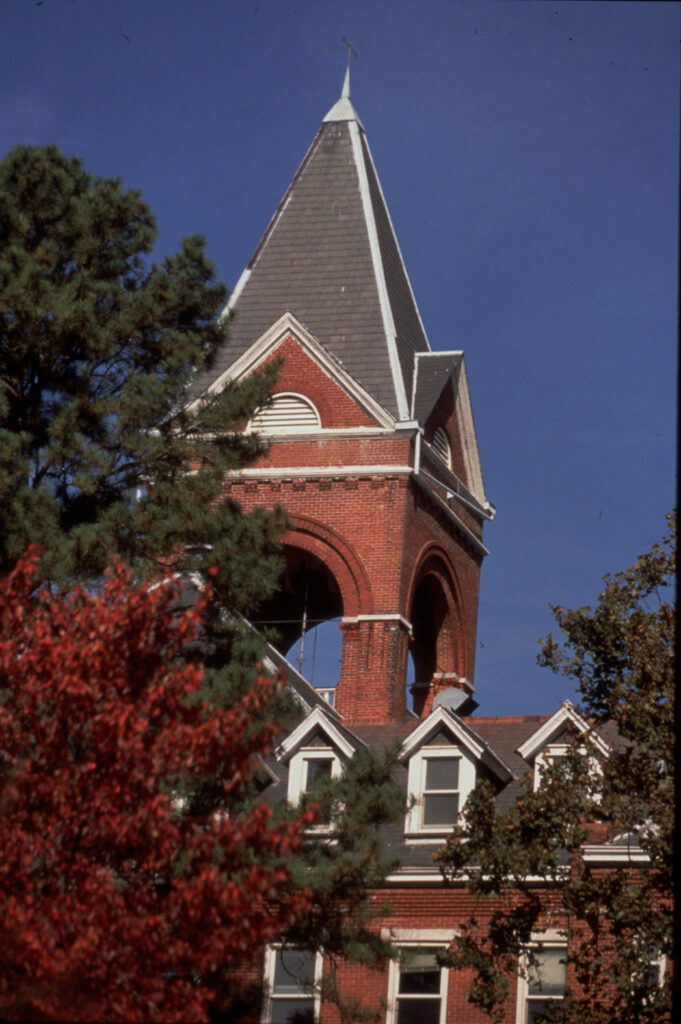
Two prominent institutions of higher learning are located in Decatur: Agnes Scott College and Columbia Theological Seminary. Agnes Scott College, an independent national liberal arts college for women founded in 1889, has a 100-acre campus in a residential neighborhood that has been designated a national historic district. Columbia Theological Seminary, founded in 1828, moved from Columbia, South Carolina, to Decatur in 1925. Construction of a new 57-acre campus began in 1926, and classes were first held there in 1927. Both institutions, nurtured by the Presbyterian Church, have contributed greatly over the years to the leadership and stability of Decatur.
Decatur is also home to the Atlanta Quaker group’s meeting house and to a Buddhist temple.
In the early 1970s the Metropolitan Atlanta Rapid Transit Authority, or MARTA, came to Decatur. The Church Street station just off the courthouse square was designed by the firm Stevens and Wilkinson, and it features a colorful mural by artist Larry Connatser. Like the railroad in the 1840s, the introduction of rapid transit was not without controversy, but it has helped spur a tremendous rejuvenation in downtown Decatur, which is now a bustling center of activity with pedestrian-friendly sidewalks, restaurants, galleries, retail stores, and downtown living. Decatur is an excellent example of “smart growth” city planning.
The restaurant chain Huddle House was founded in Decatur in the mid-1960s. The Georgia Center for the Book, the state affiliate of the Center for the Book at the Library of Congress, is located at the DeKalb County Public Library in Decatur.
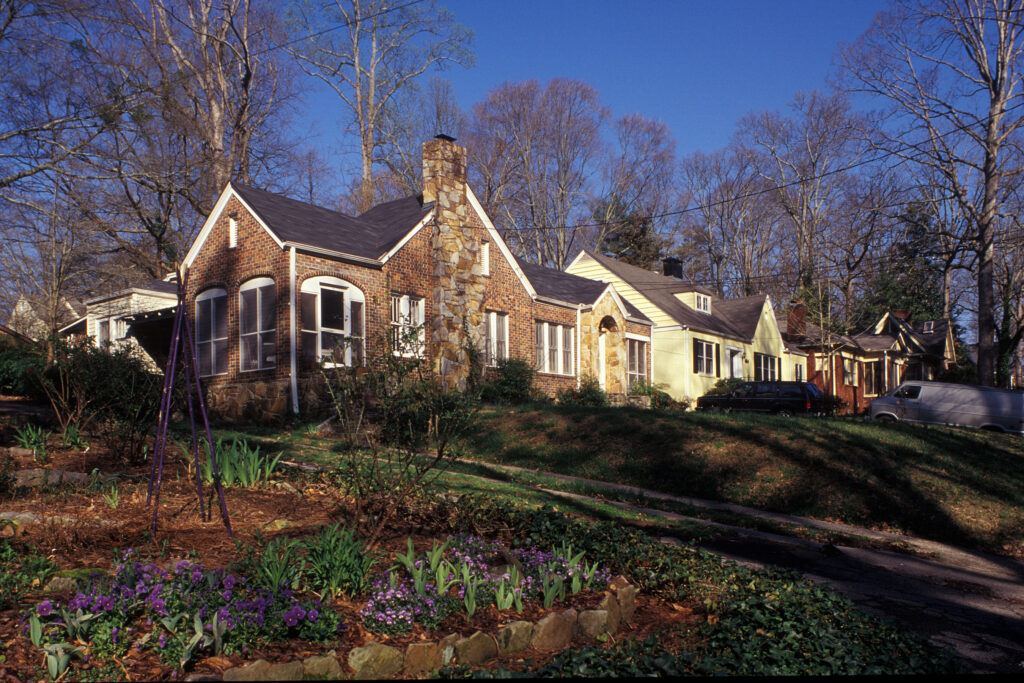
Notable residents have included writer Roy Blount Jr.; poets Edgar Bowers, Turner Cassity, and Thomas Holley Chivers; actress Julia Roberts; musicians Emily Saliers of the Indigo Girls and Andre Benjamin of OutKast; Olympian and track runner Gwen Torrence; Congressman and founder of the Georgia Conservancy James Mackay; social activist Frances Pauley; and fugitive from slavery John Brown.
Downtown Decatur is surrounded by beautiful historic neighborhoods reflecting a variety of architectural styles, including Craftsman bungalows, Victorian homes, townhouses, and new homes. The tree-lined streets and a strong sense of community continue to draw young families to the city of Decatur. New office buildings, built by developers sensitive to Decatur’s vision of maintaining its small-town character, surround the retail center and the Old Courthouse Square, which provides a link to the city’s history.


